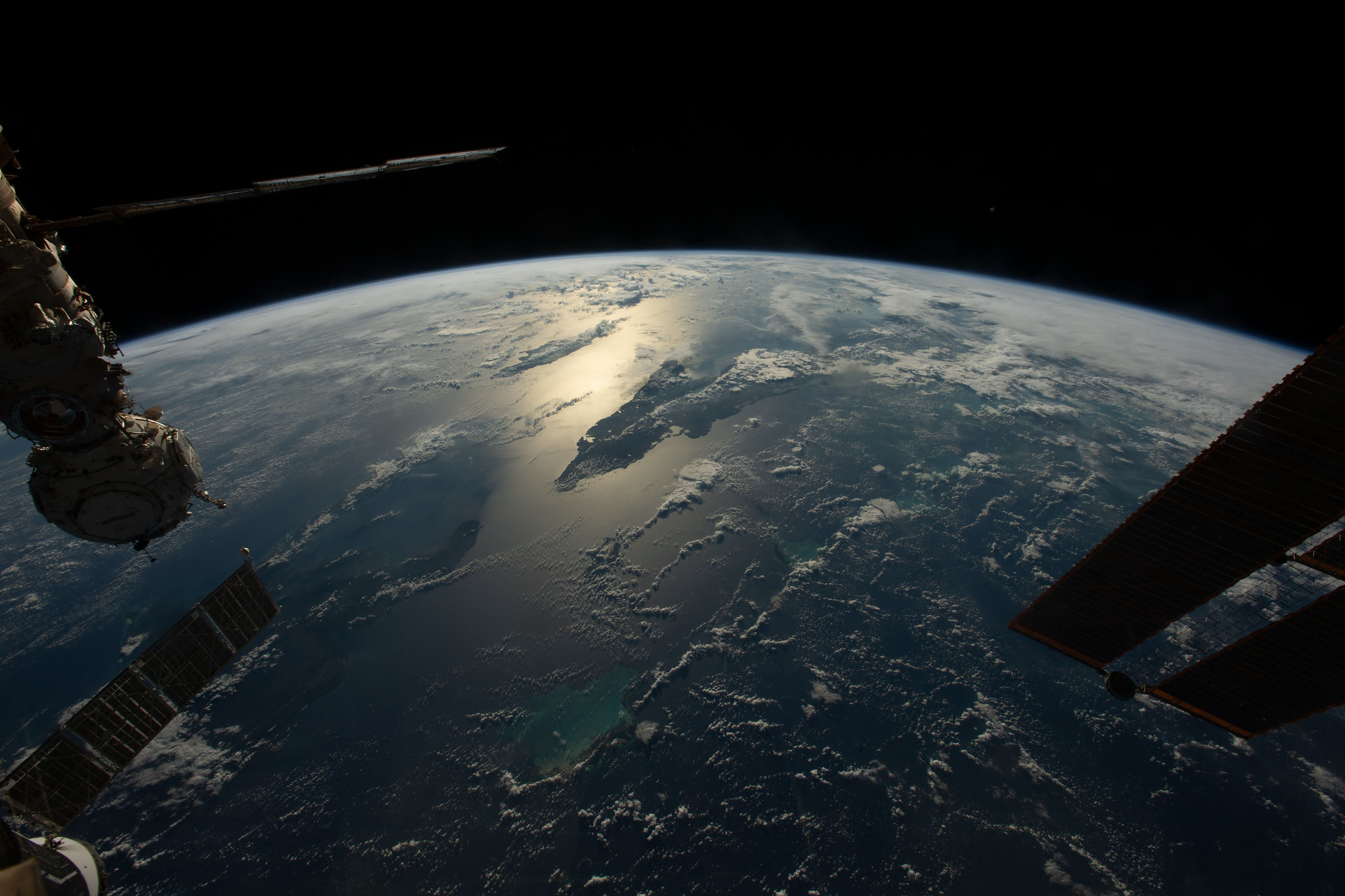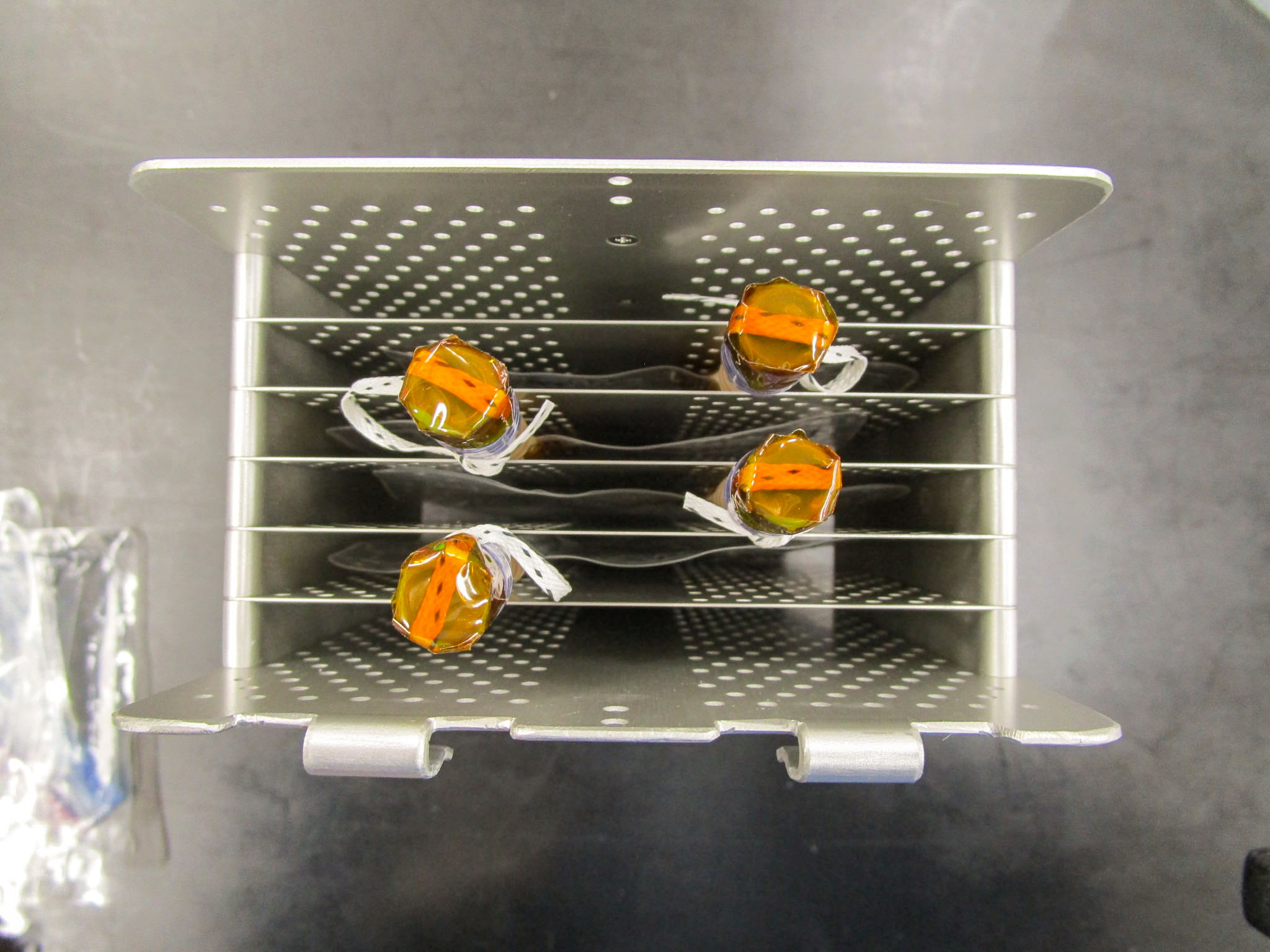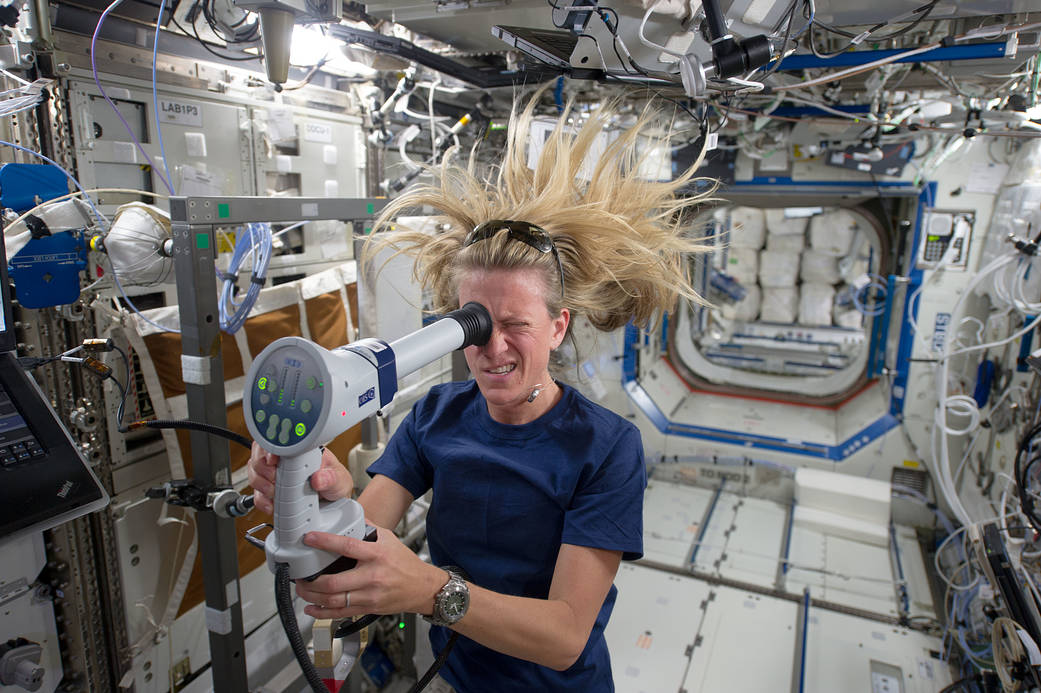Lee esta historia en español aquí.
Crew members aboard the International Space Station conducted scientific investigations during the week of Nov. 21 that included radio contact between astronauts and science students on the ground, tracking how the human body adapts to microgravity, and analyzing how microgravity affects the nervous system.
Here are details on some of the microgravity investigations currently taking place aboard the orbiting lab:
Students speak to astronauts
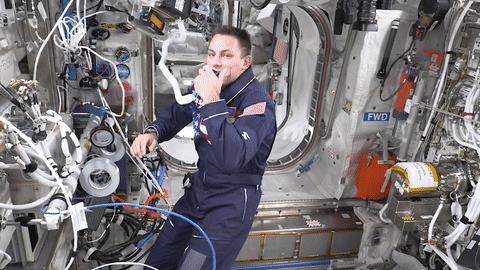
ISS Ham Radio sessions use ground-based amateur radio units to connect students, teachers, parents, and other members of a community directly to astronauts on the space station. These radio experiences help inspire interest in science, technology, engineering, and math. During the week, crew members spoke with students studying and monitoring natural hazards at 12 schools in nine Caribbean and Central American countries, hosted by St. Joseph´s Convent Secondary School in Saint Lucia. The crew also held a session with the community at Five Bridges Junior High School in Nova Scotia, Canada. Those students are learning about space exploration with activities that include constructing solar system models and growing tomato seeds that previously flew on the space station.
Adapting to space
For the Standard Measures investigation, crew members complete cognition tests and sleep questionnaires and collect blood, saliva, and urine samples for various analyses, including immune function and microbiome health. Other measures include artery ultrasounds and sensorimotor tests. These data, collected over the life of the space station, enable researchers to examine how crew members adapt to living and working in space and to monitor countermeasure effectiveness in support of future long-duration missions. During the week, crew members completed questionnaires and collected samples for the investigation.
Hitting a nerve
Neural Integration System, an investigation from the Japan Aerospace Exploration Agency (JAXA), uses the roundworm C. elegans to examine how microgravity affects the nervous system. Previous space experiments show that this species experiences muscle atrophy and reduced motor activity and metabolism in microgravity. Other research has shown that the effects of space on the nervous system may be transmitted throughout the body by neural networks. Results from this investigation could support development of countermeasures to help maintain human health and well-being on future space missions. Changes caused by microgravity resemble diseases related to aging on Earth, and this study also could provide insight into such diseases and improve quality of life for people on Earth. During the week, crew members prepared for arrival of the investigation by setting up the Confocal Space Microscope, which will be used to observe samples.
Other investigations involving the crew:
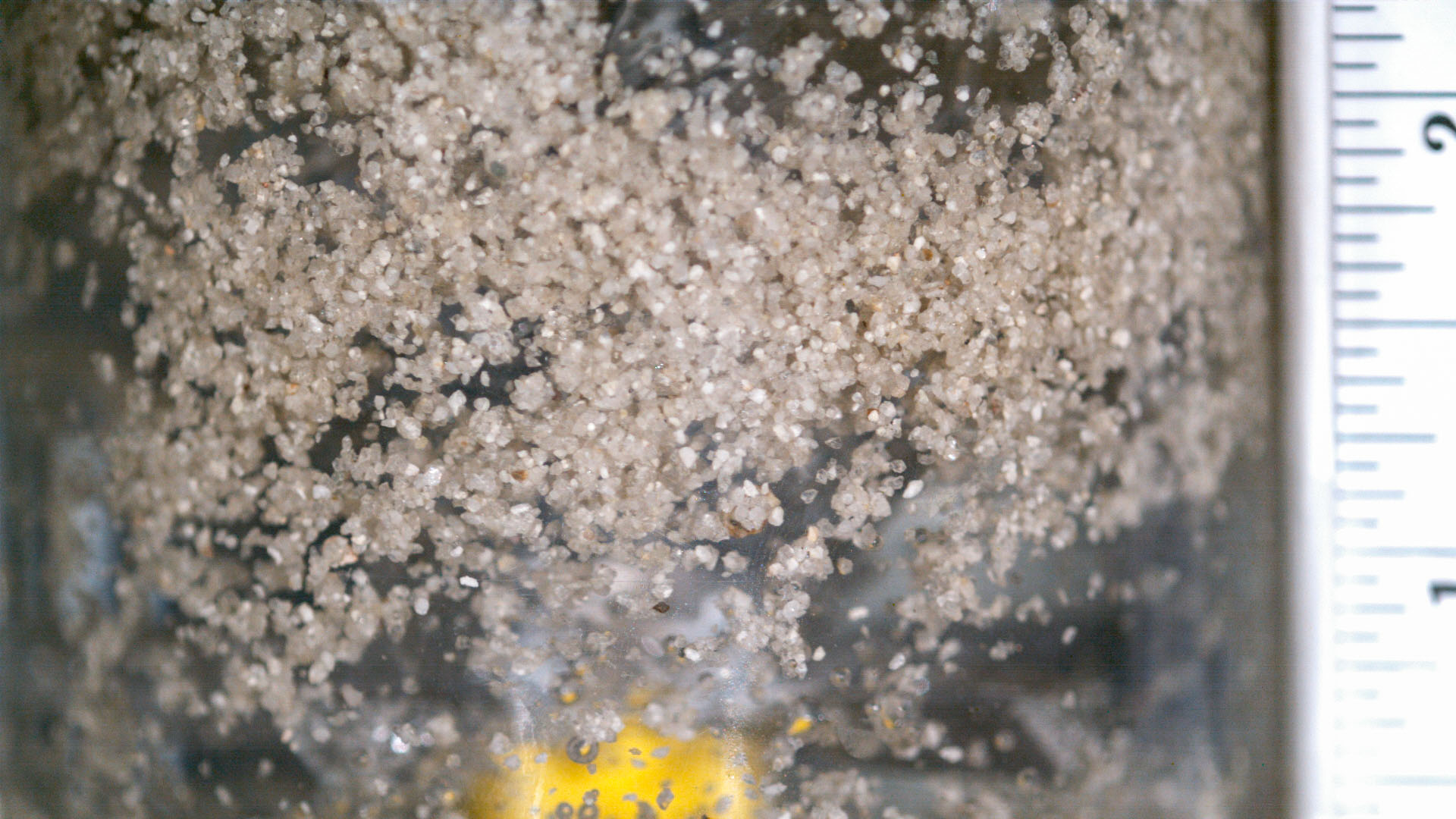
- Rhodium Microgravity Bioprospecting-1, sponsored by the ISS National Lab, studies a way to search for microbes that, due to changes induced by exposure to space, may yield substances with commercial value. Results could expedite the discovery of substances in plants and animals with potential uses in medicine and industry on Earth.
- Sponsored by NASA and the Italian Space Agency (ASI) and coordinated by ASI, OVOSPACE examines the effect of microgravity on bovine ovary cell cultures. This research could improve fertility treatments on Earth and help prepare for future human settlement in space.
- Catastrophic Post-Wildfire Mudflows, sponsored by the ISS National Lab, evaluates the structure and behavior of mixtures of sand, water, and trapped air in microgravity, which removes complicating forces. Climate change and global warming are increasing the occurrence of wildfires, and results could help develop models that predict the spread and velocity of mudflows and their effect on infrastructure and natural obstacles.
- Cellbox-3, sponsored by the ISS National Lab, contains two experiments that investigate cell behavior in microgravity, where 3D structures form that closely resemble the growth and behavior of cells inside the body. These structures can be used for drug and toxicity screening and serve as models for development and maintenance of healthy tissues in a living organism.
- Girl Scouts conduct experiments on plant growth, ant colonization, and brine shrimp lifecycle in Faraday boxes for Faraday-Girl Scouts, part of a year-long effort by the Girl Scouts of Citrus Council to engage young people in the study and understanding of space.
John Love, ISS Research Planning Integration Scientist
Expedition 68




























